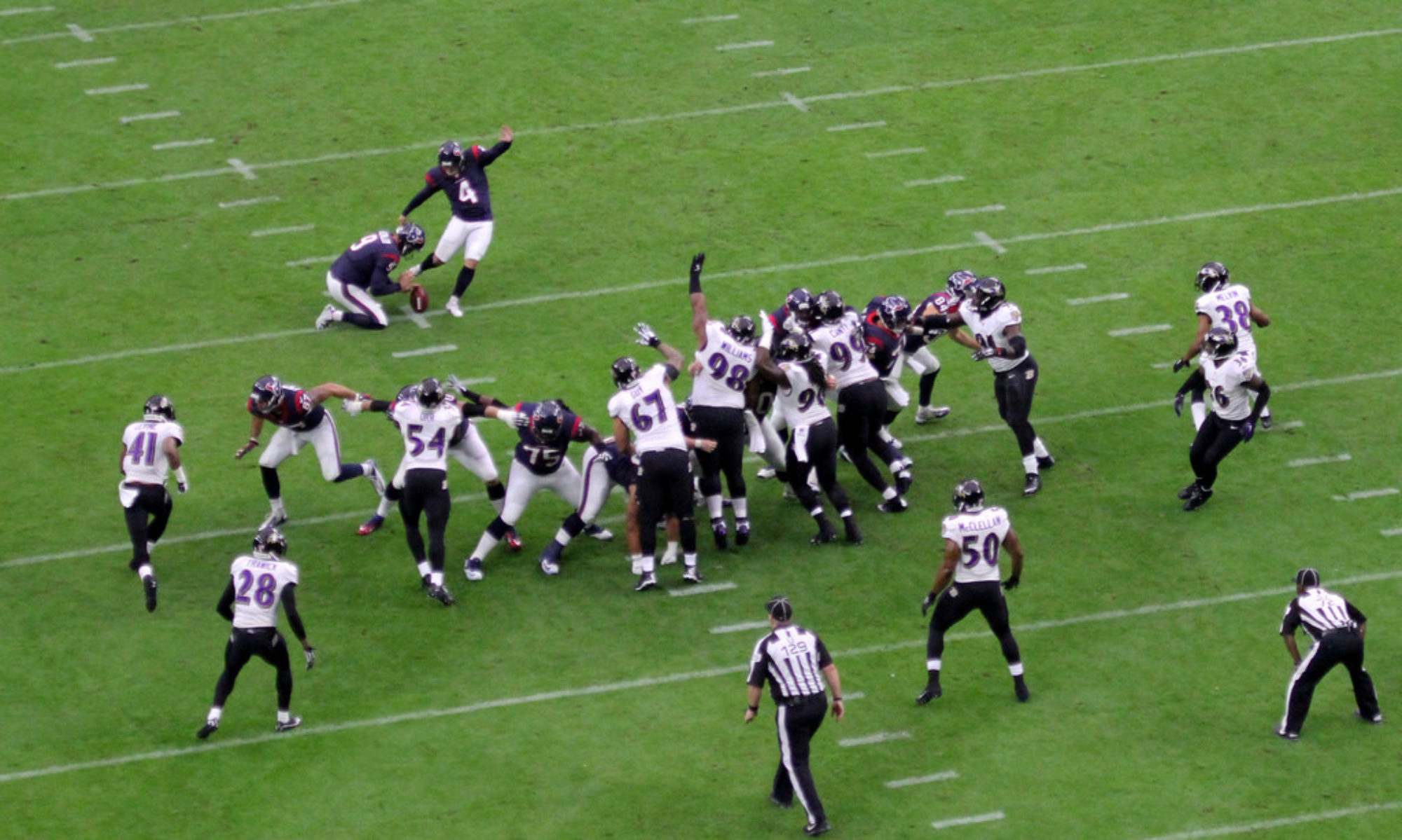
Deshaun Watson and play-action passes are a natural marriage. Watson has the ability to loft the ball deep over man coverage, he has the ability to scramble to buy time. Bootlegs give him the ability to use his natural athleticism in space if nothing is immediately open. He reads the field well enough to get to his checkdowns with extra time. Bill O’Brien runs the ball a lot out of heavier formations — these are things that, in theory, should make play-action amazing for the Texans.
But that marriage remains a fit only on paper with how the Texans run play-action most of the time. It’s one of the weakest parts of the Houston offense, and is especially galling as they go into a tilt with the Titans. The Titans have dominated in play-action under new coordinator Arthur Smith — even when Marcus Mariota was starting — and the Texans have been comparatively awful.

The key point of difference for me is simple: The Texans use too many blockers on their most-used play-action sets.
In 2018, the Texans ran max-protect play-action (seven or more blockers) 61 times and averaged just 6.9 yards per play. When they used six or fewer blockers (89 times), they averaged 9.1 yards per play. Now, nothing I have at this moment lets me split out the numbers like that for this season — FO does not rebuild it’s database for this sort of thing until the playoffs typically — but anecdotally I think the Texans have used more max-protect play-action than ever this year and it’s just not effective.
The Broncos roll out with two deep safeties on this play. I started from the end zone angle so you can see the progressions — Watson looks to his right, then to his left on the step up, then back to the right again. This doesn’t have a prayer. In fact, given that it has become easier and easier to target the middle of the field for offenses, it’s flagrantly dumb that the Texans don’t even have a receiver in that area.
The Hopkins touchdown catch at least threatened the middle of the field in max-protect — it’s the Yankee double-crosser route that O’Brien loves — but it still takes forever and a day to develop. Watson has to hold for routes to clear, and it relies on the defense taking the bait. That’s a key implication: When you run max protect play-action, you are relying on the defense to take a bait. You are relying on them to play poorly rather than your players to draw it up and make a play. This is something you see over and over again on play-action tape from the Texans.
Remember that the biggest play-action games for the Texans tend to come against the weakest defenses. Miami in 2018. Atlanta in 2019. These schemes don’t work as well against disciplined schemes that understand how to deal with crossers. They pick on the weak teams.
Contrast this to the Titans — when they run play-action, they almost always have an immediate throw: Even when they were starting Mariota, this was a successful part of their offense.
With Tannehill, they’ve become dominant in play-action, and they do mix in max protect still:
But they also have a variety of depths of target for Tannehill to get after. Look at how many of these wind up as underneath crossers. Notice how often the middle of the field gets targeted. Notice that Tannehill doesn’t often have to buy extra time to make the plays work. They’ll roll Tannehill out and get him some space to operate. They are in-rhythm throws unless Tannehill has to wait for an underneath clear, and even that doesn’t take very long most of the time.
When the Texans run play-action right now, it is all or nothing. Either the play gets open deep, or it doesn’t and they gain almost nothing. That’s why the Texans run play-action just 22% of the time. That’s why the offense is only explosive on an inconsistent basis and is heavily reliant on Will Fuller, who is — pardon my language — a fucking unicorn as far as his combination of speed and route-running. So much of the passing game is built on winning deep and late, and even the few checkdown options that do get integrated feel like afterthoughts.
It’s okay to run play-action and only get a slant across the middle. That’ll win a lot of games, as the Titans are showing. Houston’s play-action game, by contrast, is constipated.
Maybe it works against Tennessee and maybe it doesn’t — that defense is not playing particularly well right now — but with how big of a weapon play-action should be for this team, it’s obviously not living up to what it could be because of how slow it is. Nothing shows that more than matching up against a Titans team that, on paper, doesn’t have the skill position talent to max the Texans on offense. But the plays they run are more effective, and that’s all that matters.
***
I’m happily writing this article free of charge — this is a labor of love as I am between Texans gigs. This is presented to you ad-free and without any hassle. If you enjoy my work and want to encourage me to produce more, please feel free to leave me a PayPal tip.

2 Replies to “Houston runs too much max-protect play-action”